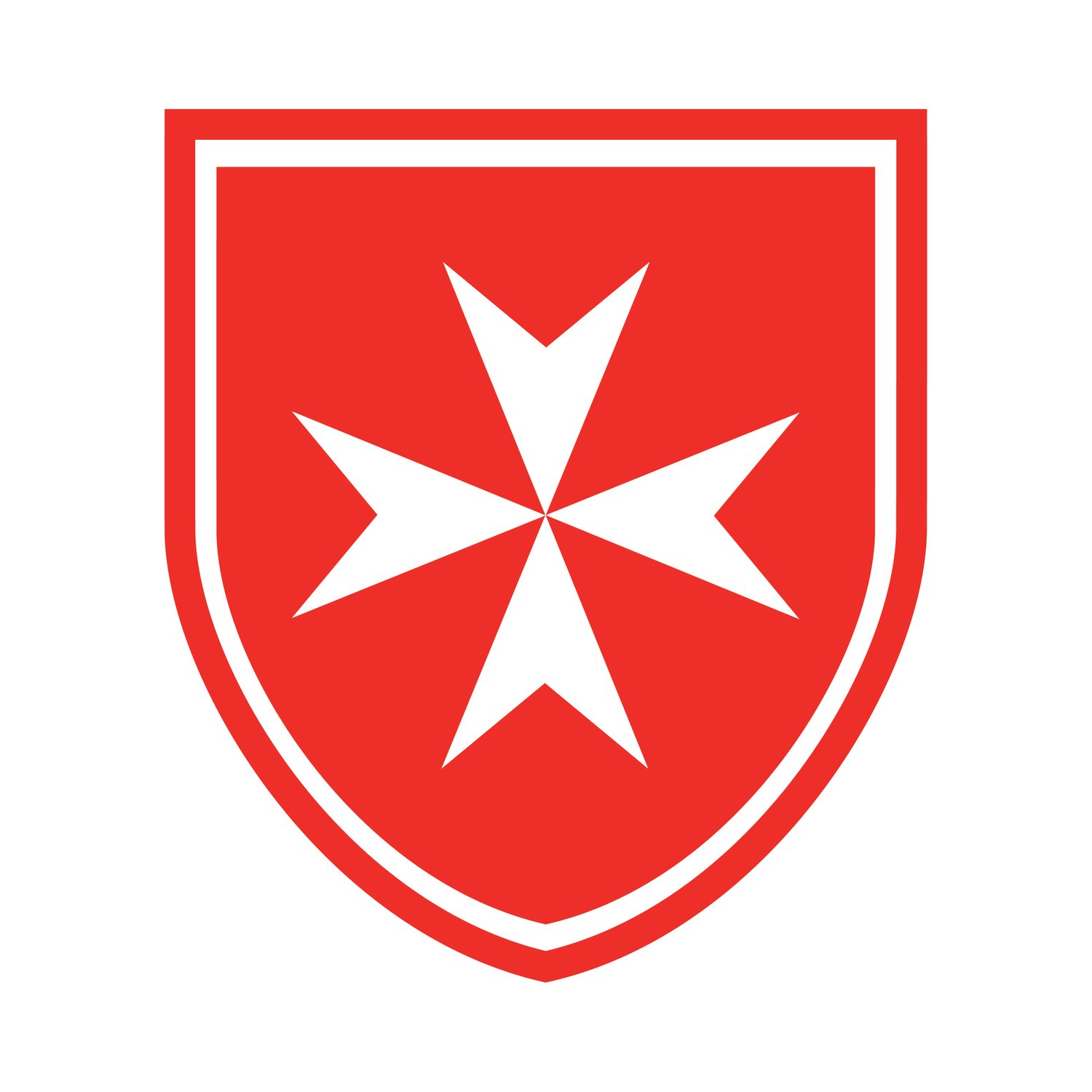Our Lady of Damascus
Today is the feast celebrated in the Order as Our Lady of Damascus. A Mass will be celebrated at 6.30pm in the Chapter Room in Golden Square.
This large icon, known in Greek as Panaghia Damaskiní, is one of the great treasures of the Order, and unlike Our Lady of Philermo, has survives in Valetta since the arrival in 1530. It measures about 1.5 metres by 1 metre and is considered one of the most beautiful early icons. Professor David Talbot Rice considers it to predate the famous Byzantine Lady of Vladimir, now in Moscow, so before the 12th Century, describing it as “a thing of great beauty and historical importance in addition to being an expression of faith”. It is, like that icon, of the type known as Eleousa - the Merciful - through the very intimate relationship between Mother and Child. The painting and gilding is of the utmost quality, and its substantial state of preservation is wonderful, with even the elaborate canopy of painted drapery over the heads of the figures very well preserved.
Our Lady sits looking straight out of the icon and seem to gaze beyond and into the eyes of the person praying before her. She is elaborately dressed in the purple mantle of a Empress. In accordance with Byzantine tradition, the three stars, one on each shoulder and on the head, symbolize her perpetual virginity before, during and after the birth of the Child Jesus, and of her consecration as unique co-operator in the mystery of the Divine Incarnation. The Child’s robe is tied with a red sash, a colour which signifies both His divinity and His coming Passion. The painting is an image of interior peace and reflection, the immobility of the pose creating a stillness from which the motherly gaze of Our Lady seems to come from active living eyes. The viewer is drawn to embrace her, in a reflection of the gesture of Our Lord, whose attention is entirely focused on His Mother.
The Order would seem to have encountered the icon first in Rhodes, where it was the treasure of the Orthodox community. The knights who first saw it claimed to have seen it before - or its likeness - in Damascus, and so this title stuck.
After the loss of Rhodes the icon travelled for seven years with the itinerant Knights until the arrival in Malta following the Emperor Charles V’s gift of the island. The Grand Master, Villiers de l’Isle Adam, placed it in the church of Saint Catherine in Vittoriosa, where it stayed until a church was built for it by Grand Master de la Valette, the Greek church of Our Lady of Damascus in Valetta, on land donated by Grand Master Piero de Ponte.
On 7th September 1565 de la Valette gave his cap and sword to the Icon as a votive offering following the departure of the defeated Turkish besiegers, accompanied by a vast rejoicing crowd of Maltese and exhausted Knights, a deed recorded a century later in a tablet by Grand Master de Rohan. Many Masters have shown a great devotion to this holy image, and the church was enlarged by Master Nicolas Cotoner in the late 17th century.
The church was bombed on 24th March 1942, and wholly destroyed, together with many of the icons and treasures it contained. Our Lady of Damascus wonderfully survived. The church was quickly rebuilt, and consecrated by Greek-Catholic Archbishop Georgious Halavazis on the feast of the Assumption 1951.
In the 1960s the icon underwent extensive cleaning and restoration in Rome, at the expense of the Italian Government. Since then it has stood above the altar in in its restored home in Valetta.
Our Lady of Damascus, pray for us.

